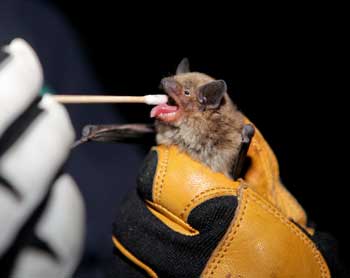Study counts the cost of not knowing
 A study has taken a guess at the amount of mammal diseases that we do not yet know about, landing on a figure of about 320,000.
A study has taken a guess at the amount of mammal diseases that we do not yet know about, landing on a figure of about 320,000.
Researchers say if they could identify the bulk of the unknown ailments it could lead to billions of dollars and an almost equal amount of lives saved through early prevention. The research of a team from the US center for Infection and Immunity at Columbia University's Mailman School of Public Health has been published in the journal mBio.
Professor Ian Lipkin from Columbia says: “What we're really talking about is defining the full range of diversity of viruses within mammals, and our intent is that as we get more information we will be able to understand the principles that underlie determinants of risks.”
The team have also deciphered an approximate cost to carry out the work of identifying the hundreds of thousands of viruses, estimated to be about $AUD6.6 billion. That amount pales in comparison to the total medical cost of dealing with a single major pandemic.
The study was based on investigations into the virulent environment of one species of bat. Researchers studied 1,897 samples collected from the bats, finding nearly 60 types of viruses, most of which had never been seen before. Extrapolating from there to all mammals, the team determined there could be around 320,000 viruses that have not yet been detected.
One scientist commented on the potential size of the task of tallying all unknown viruses, saying: “The number of potential virus reservoirs is huge - there are more than a thousand different species of bat alone - and adequately screening these and other animals for viral threats would be challenging to say the least.”







 Print
Print